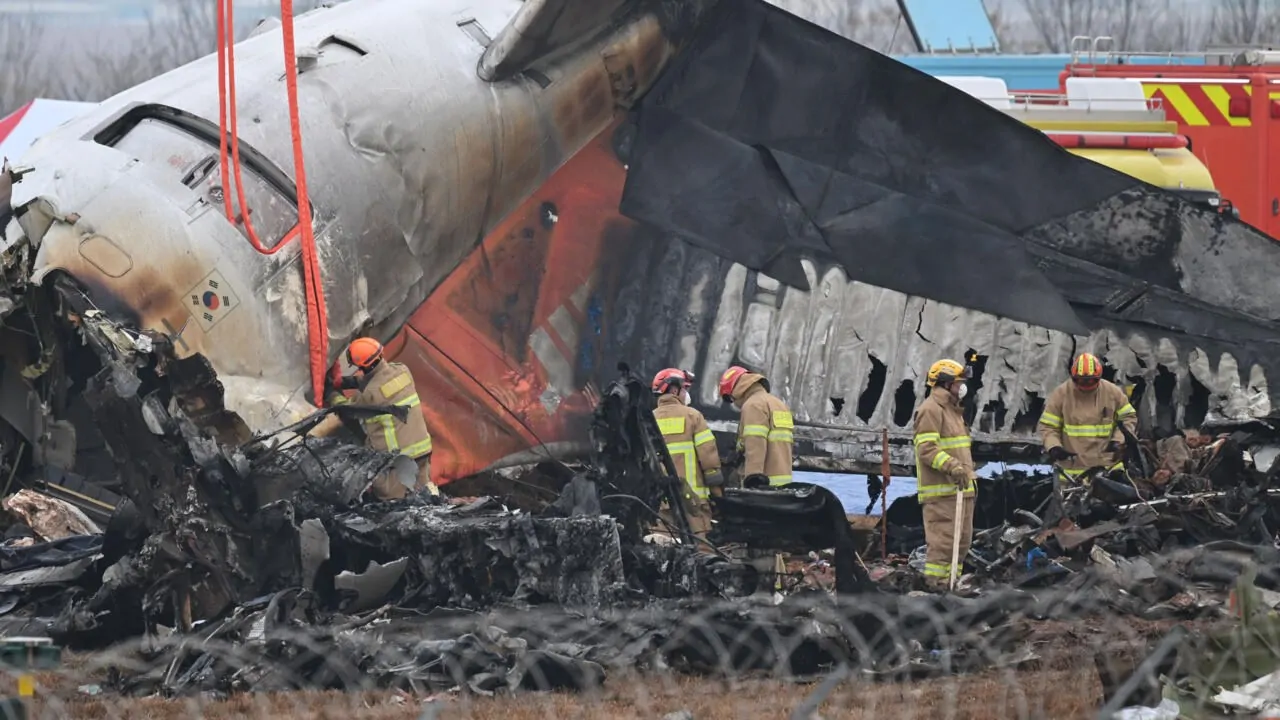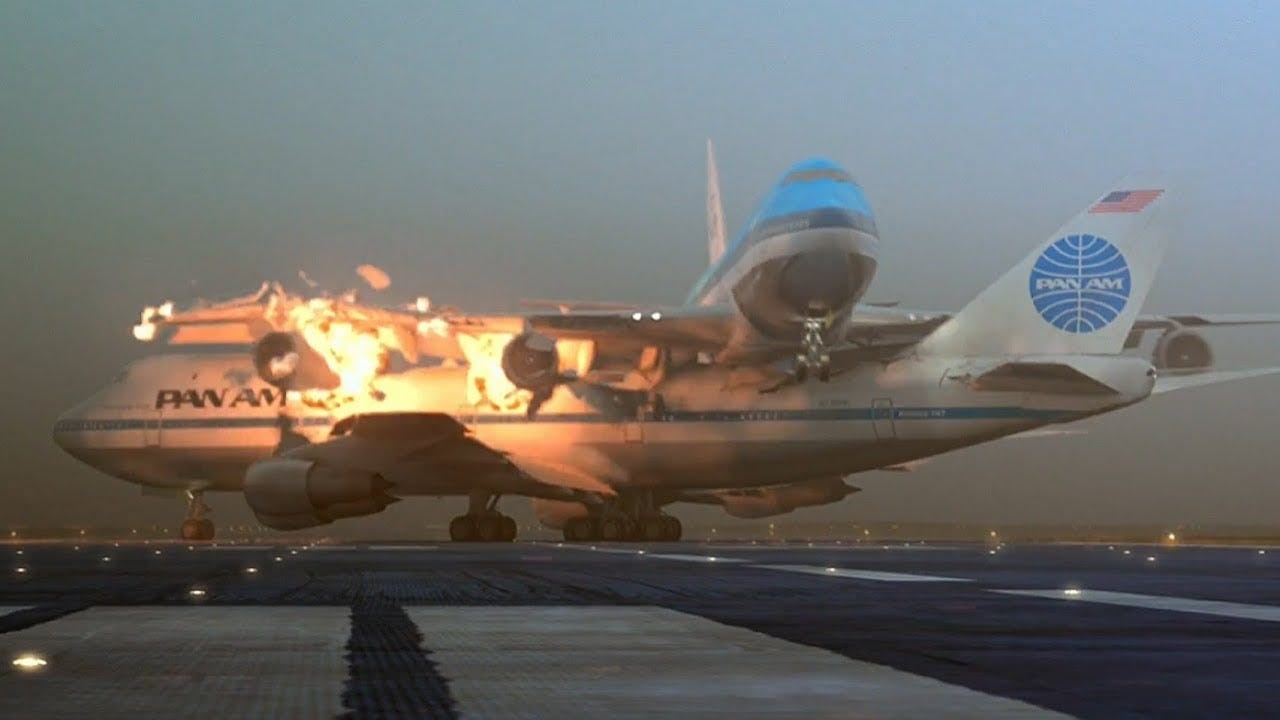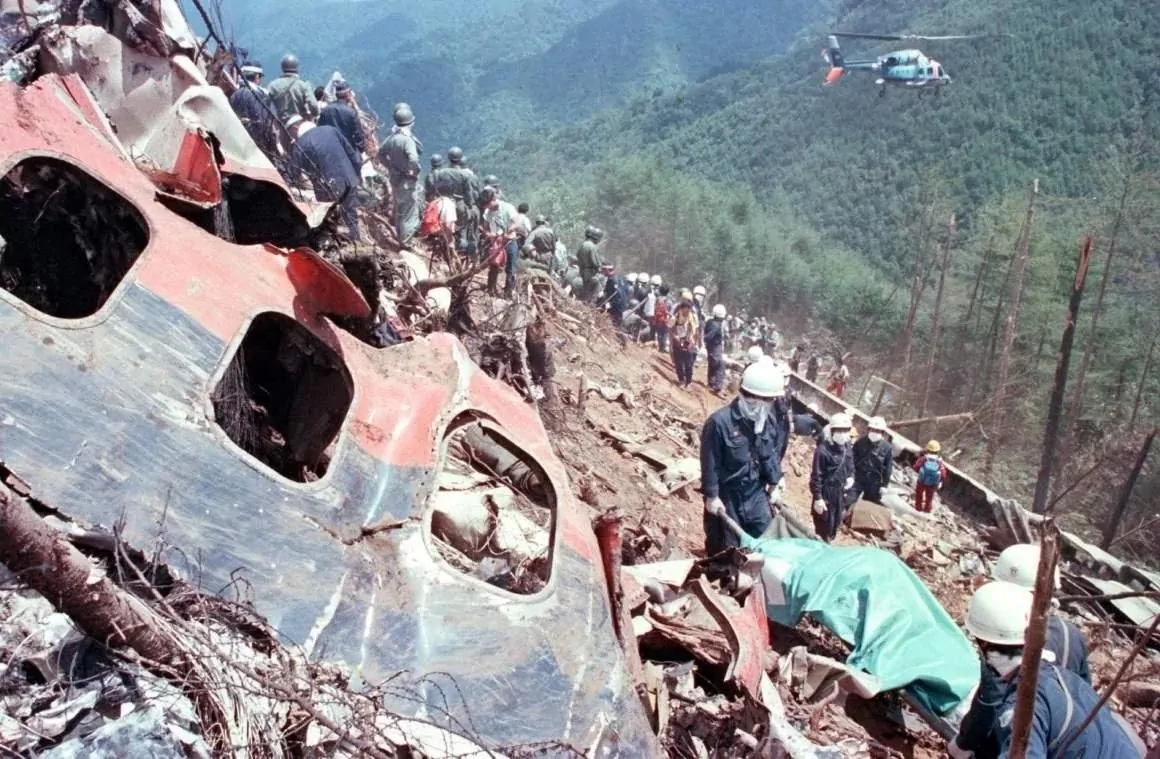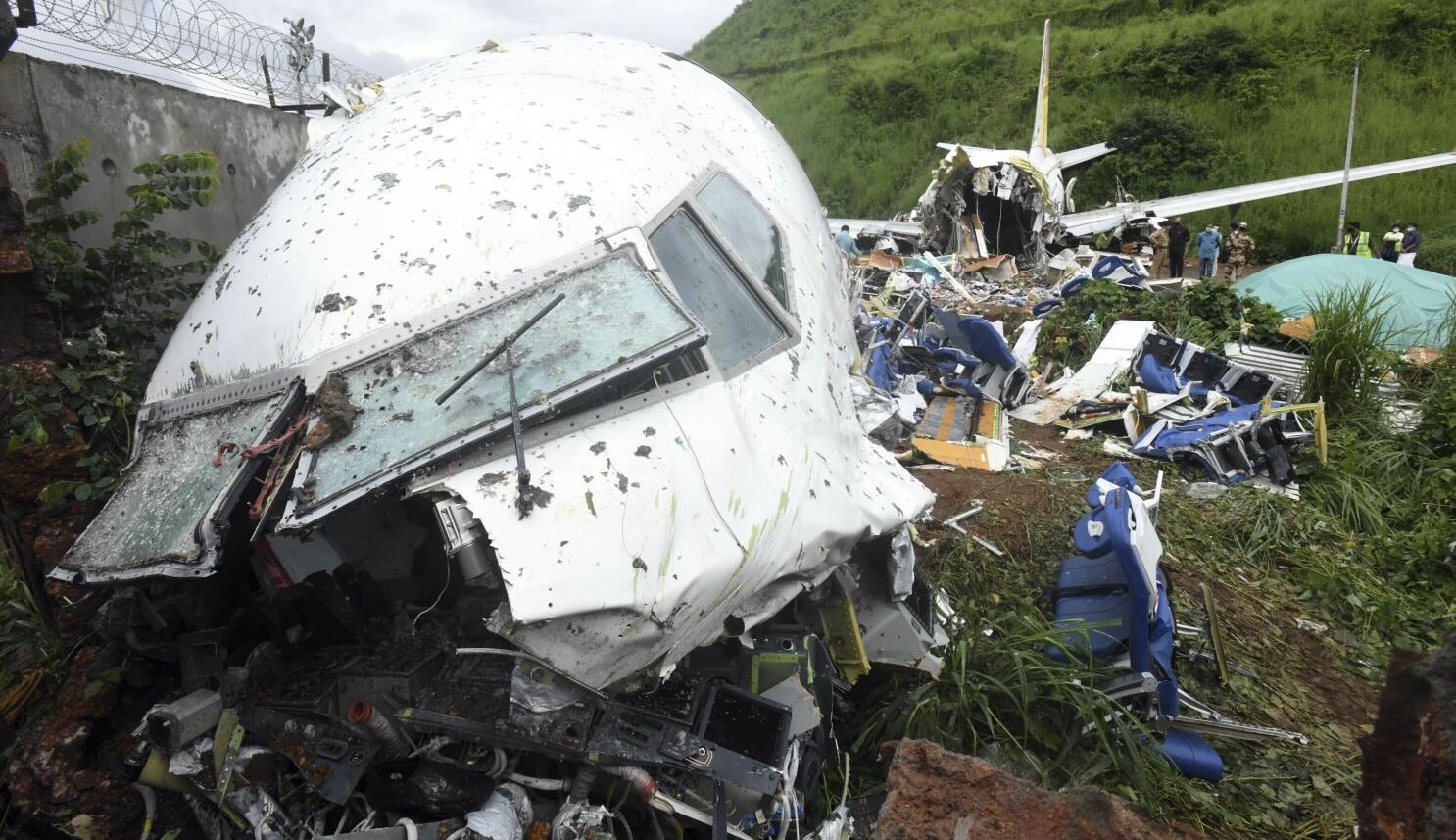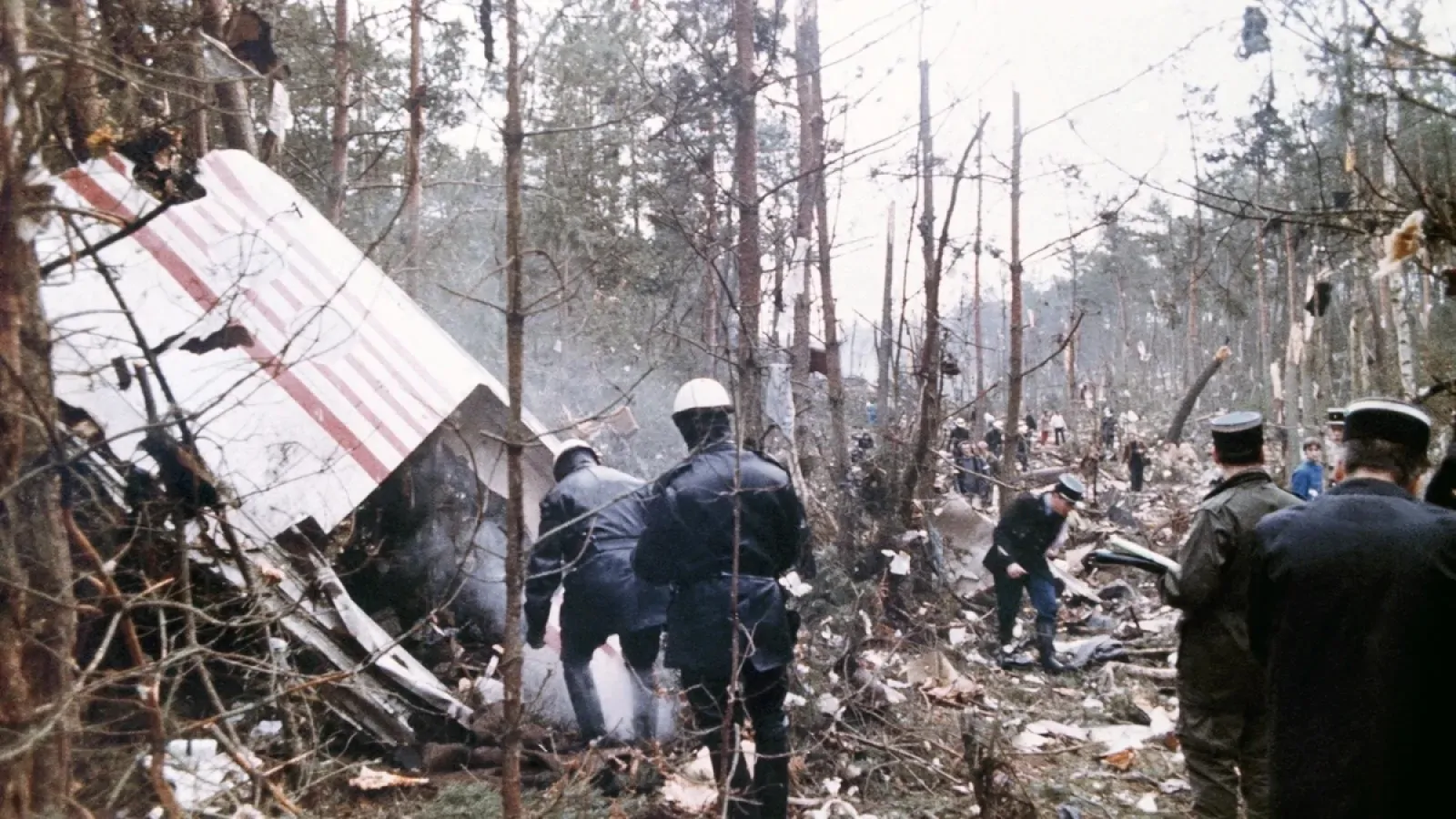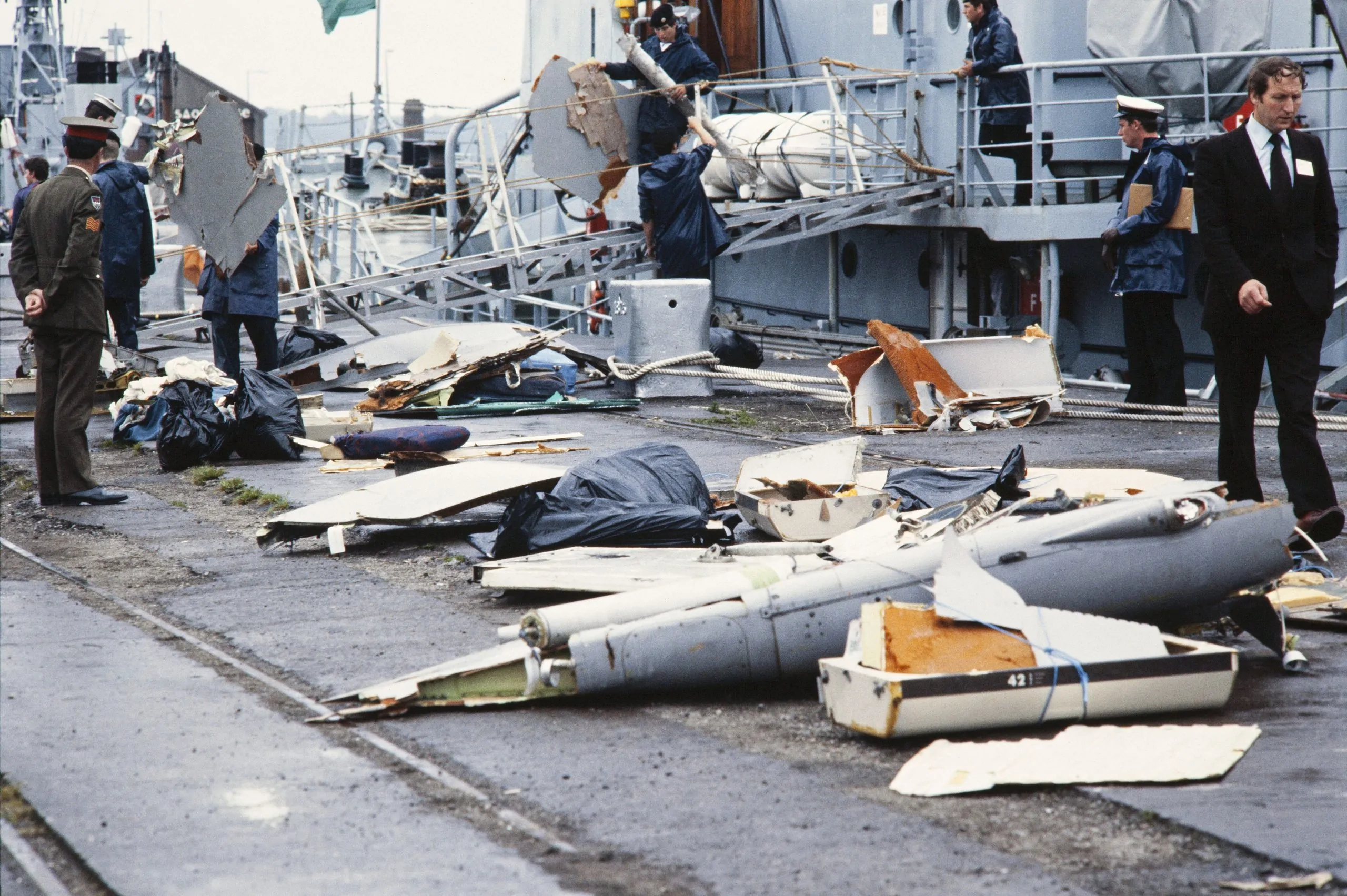
Sunday, Deadliest plane crash in South Korean history occurred. 179 people died as a result of the crash of a passenger plane. South Korea’s Ministry of Transport said two of the six Jeju Air crew members were the only survivors of the crash and were receiving treatment at a hospital after the plane skidded off the runway and crashed into a wall at Muan International Airport on Sunday morning. Most of the accident was recorded on video. The plane was coming to Bangkok, Thailand. The crash occurred the same week that an Azerbaijan Airlines plane crashed in Kazakhstan, killing 38 people.
Statistics, all aviation accidents It shows that 80% is due to human error. The most dangerous times are takeoff and landing, and the time periods before and after these events. Pilot error is thought to account for 53% of aircraft accidents, followed by mechanical failure (21%) and weather conditions (11%). Even in the best training, where flight crews receive extensive simulator-based training, people tend to revert to previous habitual behaviors. Training helps, but it takes time for people to develop muscle memory; This can lead to catastrophic undesirable consequences, especially when flying a highly maneuverable aircraft.
On the other hand, it is important to note that other factors always come into play when pilot error occurs. Aircraft, environmental problems and organizational problems are a few examples.
The world’s biggest plane crashes ✈️????
See Full Size
1️⃣ Tenerife Disaster
See Full Size
Dense fog, problems with the transmitters and miscommunication between the pilots and the control center caused KLM 4805 to take off without permission. Pan Am 1736 was still on the runway and took the wrong exit because the pilot could not read the signs in the fog. A few mistakes created a domino effect that resulted in a near head-on collision, killing everyone on KLM and 326 of the 380 passengers on Pan Am. This remains the airline accident with the highest fatality rate in global history.
2️⃣ Japan Airlines Flight 123
See Full Size
The depressurized cabin caused, within minutes, the fire wall and the supporting structure of the vertical stabilizer to fail and the aircraft to separate. All four hydraulic systems soon wore out, making it impossible to control the aircraft. 32 minutes after decompression, the plane crashed into the mountains at 340 knots. 505 passengers and 15 crew members died in the accident. Four people near the severed tail area survived the accident.
3️⃣ Deadliest Plane Crash
See Full Size
The air traffic controller did not realize the closeness of the planes in time and the two planes collided in mid-air. The wing of the Saudi plane was torn off when the tail of the Kazakhstan plane cut off its wing, causing the Saudi plane to spiral downwards and killing all 312 people on board. The Kazakhstan plane also went into an uncontrolled descent, killing all 37 people on board. The mid-air collision caused a total of 349 casualties.
4️⃣ Turkish Airlines Flight 981
See Full Size
At that time, this accident The most catastrophic plane crash in aviation history It was recorded as. It currently remains the fourth deadliest plane crash on record, the second deadliest plane crash with no survivors, the deadliest single plane crash with no survivors, and the second most serious aviation accident to occur in Europe. It is known that the accident was caused by an aircraft design error.
5️⃣ Air India Flight 182
See Full Size
This incident particularly stands out as the largest mass murder in Canadian history. It was the deadliest terrorist attack involving an aircraft until the tragic events of September 11, 2001. Moreover, deadliest plane bombing continues to happen.
Air travel is known as the safest form of transportation, but when tragedy strikes, it is harsh and devastating. From the Tenerife Crash in 1977, known as the deadliest accident in aviation history, to the deadliest plane bombing in history, which took place in Irish airspace in 1985, the world’s biggest plane crashes are here.
Source
https://en.wikipedia.org/wiki/List_of_deadliest_aircraft_accidents_and_incidents
https://www.aviationdisasterlaw.com/worst-aviation-accidents-history/
This news our mobile application Download using
You can read it whenever you want (even offline):


